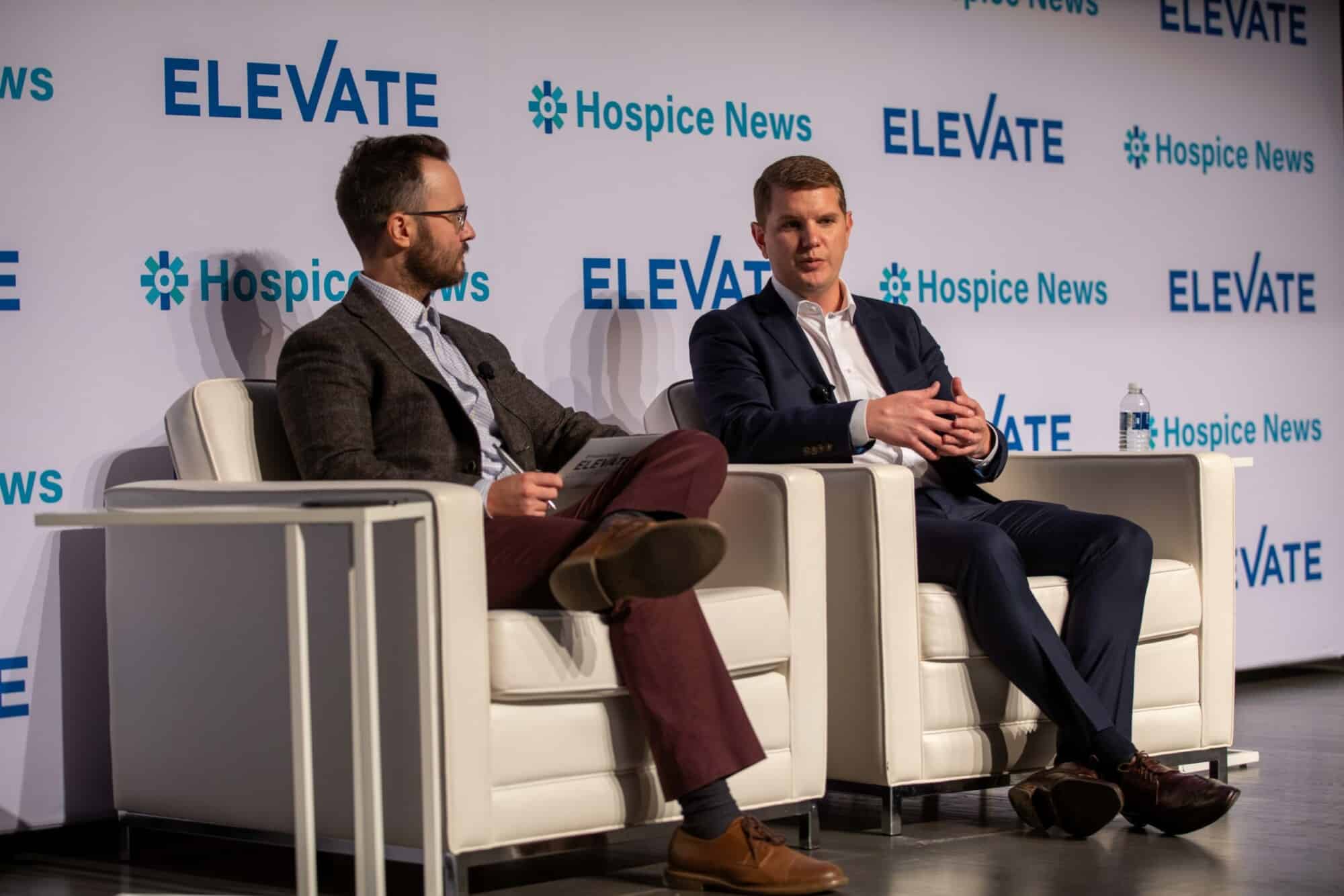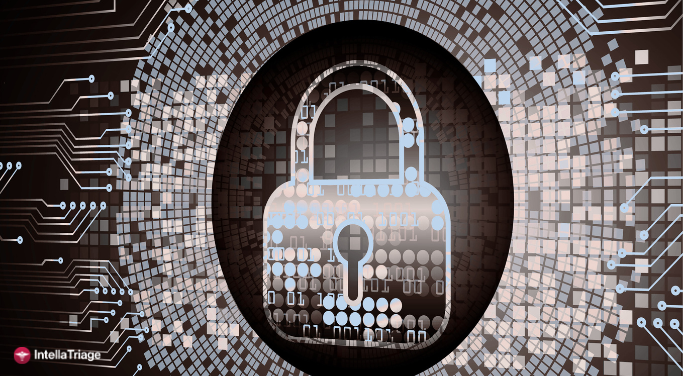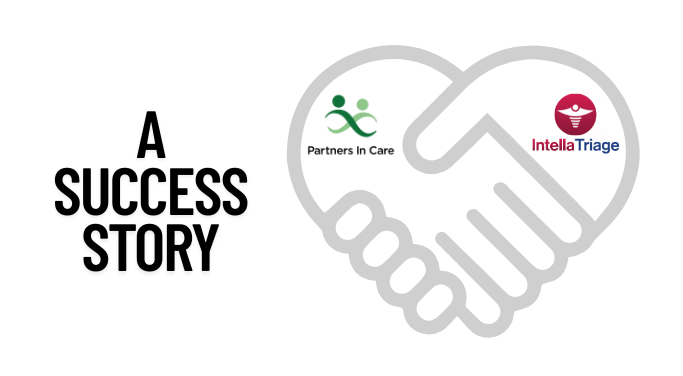While the staffing crisis continues to grab the spotlight, we must keep the patient experience in the light and find a way to address both issues simultaneously. Nurse burnout is not going away; it will only increase over the next several years as the staffing shortage continues. Providers need real solutions to the burnout problem. Additionally, consider the cyclical nature of staff shortages in healthcare organizations: burnout leads to staff shortages, and staff shortages lead to burnout, both of which result in a suboptimal patient experience.
You can take concrete steps today to address these pain points. On October 26, 2022, Daniel Reese sat with Hospice News’ Bob Holly for a “Fireside Chat” at their ELEVATE conference. Their conversation relayed how meaningfully improving your after-hours strategy can address staffing issues, reduce nurse burnout and improve patient experiences. The excerpt below (edited for clarity and length) is from their discussion on patient experience. To hear a complete recording of the Fireside Chat, click here.
Nurse-triage and the Patient Experience
[Bob] Currently, the most common after-hours model is an answering service. How is nurse triage different from that? [Daniel] I have some personal experience with answering services and hospice. There are two significant constituents we consider influencers in after-hours: the patient and the nursing team. When you think about our traditional answering service, we speak of non-clinical people answering phones and taking messages. That model doesn’t serve either of those constituents particularly well – not the nurses in the field, nor the patients.From my personal experience, my father was on hospice service with a large national provider. We called in after hours because he had a change in condition. It was my (and my mother’s) first time going through this experience, and we didn’t know what to do. We got an answering service, and they answered in two rings – that’s great, but then we left a message and asked when we could expect to hear back. The answer: “we don’t know; we’re going to pass it along to the nurse.” About 45 minutes later, we got a call back from the nurse.
I can now imagine being in that nurse’s shoes. They probably just left a home visit and had five messages to answer them and decide which to prioritize. When we finally spoke to her, the nurse agreed that my father sounded as though he were going through the dying process, and she made a home visit. Frankly, my father probably didn’t need a visit; we just needed to be walked through what was happening. Imagine the scenario as a provider: now you’re pulling that nurse out of the home of someone who needs a little bit more attention and pulling your on-call nurse in several directions. The answering service model doesn’t serve the patient or the nurse well.
The triage model flips that on its head. In fact, in under 60 seconds, on average, you have a nurse answering the phone who is hospice trained, has hospice experience, and has the EMR open in front of them with the medication profile. The triage nurse has the Plan of Care, the notes that the case manager entered at 7:00 PM that night, etc. That nurse can walk through the situation with the caller, provide emotional support, and decide whether or not a visit needs to be made.
This model addresses most after-hours (approx 75 %) calls, which benefits the patient, the family, and the clinician in the field.
Underlying Industry Themes
[Bob] Has there been a theme, or two or three threads, that stand out to you in the industry and throughout today’s conversations? [Daniel] The one thing that has stood out to me the most today, and at conferences in general, is we’re starting to focus as an industry; we’re keying in on burnout, staffing shortages, and reimbursement. These are enormous challenges that we need to tackle in the future. I want more discussions and panels to work on resolving how we ensure patient care doesn’t suffer because of those dynamics. These are challenging questions. No one provider, no one partner, is going to have the answer. Still, it will take the entire industry to come together to figure out how we ensure that we continue to provide a quality end-of-life process despite the challenges to reimbursement and staffing that we’re facing.I agree with many of my colleagues’ sentiments: we have a pretty good system for caring for people at the end of their lives. And while massive changes will occur in the industry over the next decade, we must continue to provide quality end-of-life care. In hospice, any provider will say you only have one chance at hospice and the experience it is designed to provide. We want to take advantage of that one chance for any family, patient, or caregiver to have a positive experience because hospice offers a ton of value. Our chief nursing officer always says, “As hospice providers, you don’t always realize how much you’re the angel for the family and caregiver in the home; we have to continue to put that first to ensure we are delivering the best care possible.”
The IntellaTriage Solution and the Patient Experience
Increased HCAHPS scores
Not providing timely patient care and communication can lead to poor patient surveys, damaging a provider’s reputation and quality metrics. However, with IntellaTriage, patients and caregivers can speak with an experienced hospice nurse without long hold times and multiple phone transfers. Our average wait time is ~40 seconds. Triage nurses can address clinical issues and provide emotional support. Customized clinical directives ensure no discernable difference between IntellaTriage and the provider. Timely care driven by licensed nurses, coupled with less stressful transitions and access to care on demand, will help to increase your HCAHPS scores.
Example: The nurse leadership team at Hospice Brazos Valley partnered with IntellaTriage, and patient satisfaction scores have increased to 85%.
Support for Nurses Improves Patient Outcomes
Being on-call also has physiological consequences that lead to increased burnout and decreased engagement. For example, one study found that being on-call was associated with reduced energy levels, mood, and calmness. To help reduce burnout, agencies can outsource after-hours calls. Professional triage nurses address many of your organization’s after-hours patient calls. This allows your on-call staff to gain much-needed rest and recovery. Now, nurses can provide better care without being overwhelmed by phone calls while providing patient care and performing other duties.
More about IntellaTriage
At IntellaTriage, our nurse-based triage can reduce nurse burnout and staff turnover, improve patient satisfaction, and boost your bottom line. You can save on the cost of staffing an internal call center and the time and effort of recruiting, managing, and operating that service. We capture all referrals quickly, increasing your topline revenue and your patient’s healthcare outcomes.
Contact us today to learn more about IntellaTriage’s revolutionary approach to nurse-based triage service.
Contact Us for a Consultation
Ready to optimize your triage process? Reach out to us today for a consultation tailored to your needs. Let’s elevate your patient care together.
More From The Blog
Survey Says… Partnering With IntellaTriage Makes for Happy Nurses In today’s competitive healthcare landscape, becoming the employer of choice is a strategic advantage. And if you’re in hospice or home health, your clinicians aren’t just looking for better pay. They’re looking for better balance. According to a recent survey of IntellaTriage clients, 96% say our [...]
Recent data breaches are once again highlighting the urgency of securing protected health information (PHI). In March 2025, Yale New Haven Health System disclosed that an unauthorized third party accessed the personal data of nearly 5.6 million patients. Around the same time, Kentucky’s Cumberland County Hospital suffered a breach affecting more than 36,000 individuals, including [...]
Partners In Care - A Success Story. Partners In Care is a 5-star nonprofit provider of hospice, palliative, and home health services in Oregon. When they decided to reevaluate their after-hours care model, the goal was clear: prioritize patient care while supporting the nurses who make it all possible. Their home health and hospice nurses [...]

